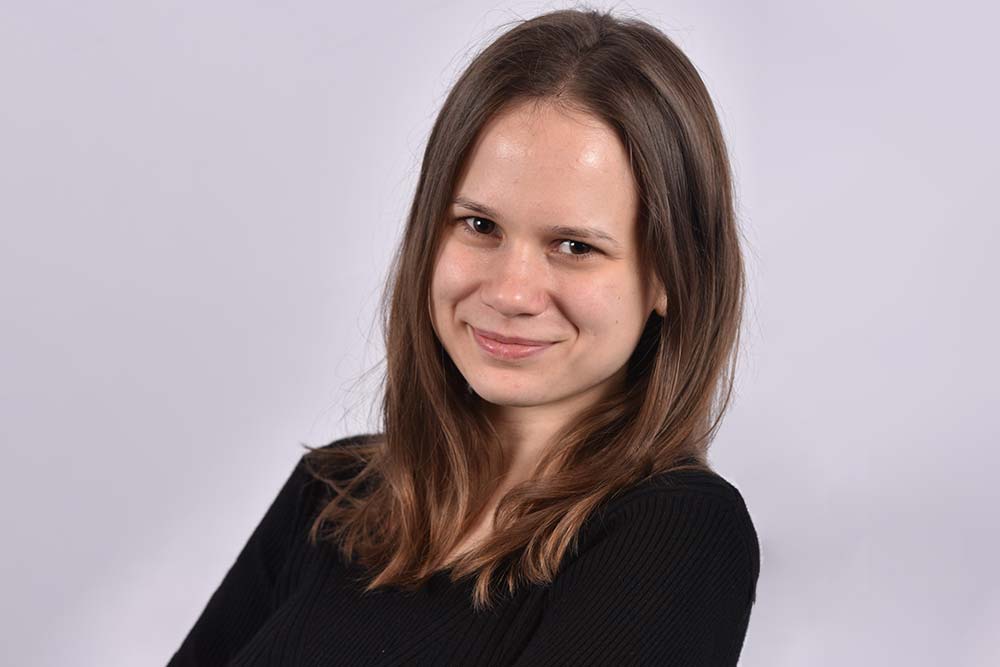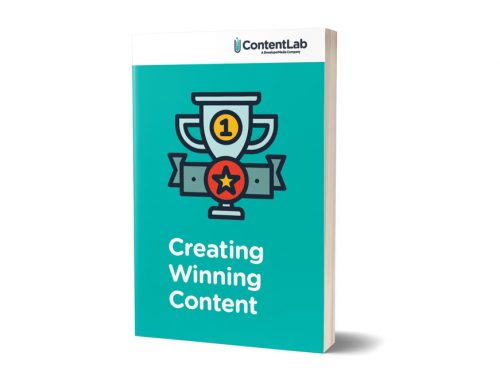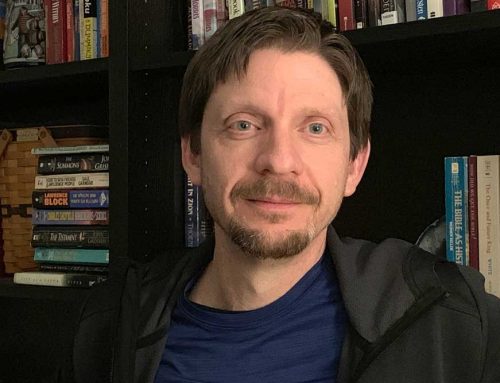Modern developers such as Oana Mancu love to incorporate play into their professional life. That’s why entering challenges like the CodeProject AI TensorFlow Challenge held from Oct. 18–Dec. 31, 2018, was a no-brainer. Who wouldn’t want to learn something new, as Oana did, and get a chance to prove that knowledge? Especially with an attention-getting $5,000 in prizes being offered.
The Challenge
Actually, the challenges. The mission, if you chose to accept it, was to complete as many of three challenges as you cared to complete.
![]() Challenge 1: 30-Second Survey: How Would You Train Your Evil AI?
Challenge 1: 30-Second Survey: How Would You Train Your Evil AI?
Take this quick, just-for-kicks survey and tell us how you would use AI to attempt world domination. Estimated time to complete: 30 second
![]() Challenge 2: TensorFlow Tutorial
Challenge 2: TensorFlow Tutorial
Want to explore the world of machine learning? Learn how to install TensorFlow and build a neural net in this simple five-step tutorial. The first 100 participants to complete all five steps successfully will receive a $25 gift card from Amazon! Estimated time to complete: Approx. 15–20 minutes per step.
![]() Challenge 3: Demonstrate your Knowledge—Write an Article
Challenge 3: Demonstrate your Knowledge—Write an Article
Choose a topic, any topic, on AI and share your knowledge and perspectives with us.
The Winning Article
In the end, three articles won:
- First Prize: Oana Mancu – $1,000
Tides of Time Bot and Game: Application of Minimax
- Second Prize: Andrew Kirillov – $500
ANNT: Convolutional Neural Networks
- Third Prize: Phil Hopley – $250
Adding Object Detection with TensorFlow to a Robotics Project
To see the complete list of all the challenge winners, check out https://www.codeproject.com/Competitions/1063/AI-TensorFlow-Challenge.aspx#Winners
Words from the Winner’s Circle
I got a chance to catch up with first-prize winner Oana Mancu, who wrote “Tides of Time and Bot Game—Application of Minimax.” Here’s what I learned about Oana and her approach to the challenges, her article, and her advice for writing winning content.
Tell me about yourself. Where did you grow up, where do you live now, what do you do?
I grew up in and still live in Bucharest, Romania. I went to the University of Bucharest for my bachelor’s degree in computer science and a master’s degree in applied mathematics. During my studies, I volunteered my time as a math tutor for foster kids, and also I worked with kids in the hospital.
I’ve had several internships, including with Unicredit Business Solutions, where I worked on an internal web application that generates reports about eligible loans, improving my Java and DB skills. I also completed an internship with Orange, a telecommunications company (ITE Department, Orange France and South Africa). During this period of time, I worked along with a mentor using a Java-based tool, sharpening my skills in J2EE, JSF, Jonas, SQL, DB2, JPA, CSS, HTML, database design, and database development, being involved in all stages of the project, from designing the tool to development and implementation.
Currently, I do the programming for my family’s business, and I also work as a freelancer. I mostly work in C# and ASP.NET. Now that I have finished my studies, I continue to explore the wonderful world of IT by not just doing a job, but by being open to new challenges and opportunities like the AI TensorFlow challenge.
In my free time, I like to travel.
How did you get interested in programming?
I started programming in the ninth grade during high school. I simply liked it. I was inspired to learn more so I could create more complex projects because in the beginning you just do simple functions, not real projects. I think the most wonderful part of IT (information technology) is that there is IT everywhere. You can choose to code for any industry you like.
How did you get interested in writing about programming?
Actually, this was my first article! Quite a success—I didn’t expect that! Well, I had surfed the Internet, and I found an article on what I was looking for on CodeProject.com. There, I saw the AI challenge. After reading it, I thought of becoming an active user. The idea of giving something back to the community felt good, because I had read a lot of articles on CodeProject, but I never gave something back. So my journey has begun.
Why did you participate in the AI TensorFlow challenge?
I had never written an article before, so it was really a challenge for me. It wasn’t just the challenge of the competition. It was a challenge to do something new, try something new. And I actually enjoyed it. It’s really nice to try new things and to find new things that you actually like. Because if you don’t try, you don’t know if you will like it.
Now that you took the AI challenge, will you do more work in AI and machine learning?
Yes. I actually was thinking about what I should do with the money I won. The TensorFlow prize total was really nice. It got my attention. I was thinking of taking some courses or online courses and getting a certificate in AI. After I saw that I won, I thought again about what I should do with the money. And, I am buying myself an artificial intelligence course!
How did you approach your writing submission part of the challenge?
In the beginning, I was hesitant. It took me over a week to choose the topic, and I asked myself the question, “Why should someone choose my article on this subject instead of another?” A simple game that could be played seemed like a good idea, but then again, this same question. Using this thinking, I chose a game that I liked. I searched for something I was interested in and looked to see if there was something people were interested in, and not already a lot of content. I structured my article into the project specs because that is what I actually did. I thought it would be easy to follow along.
Describe your writing process.
It’s hard to say. I think the expression is, “I went with the flow.” It’s really hard to start writing, but once you start, you can’t stop! I did research to come up with ideas, I asked myself what project was unique where I could say something people would want to read, and then I gave myself project specifications and wrote the article to follow along with how I structured the project.
How long did it take you?
It took me one week each to complete the project and the writing process. I was lucky, because I could do it over the Christmas holiday. I had more time since I was off work. In fact, I submitted it on December 31 right before leaving for a New Year’s party, just before 10 p.m.!
What did you do that you think was most important to writing a winning entry?
I think that working with kids really helped me. I tried to write about a complicated subject the way I would explain it to a child, with pictures and simple, logical explanations
I notice you used a combination of text, code, and images in your winning article. How did you decide what media to use to communicate your idea?
In the articles I like, I discovered I learned things from them because they have pictures and examples. So I tried to explain as much as possible with pictures and examples. And CodeProject, well, it’s about code, so I included code.
When trying to explain something live, you can get feedback, and if that person didn’t understand you, you can try to explain it in another way. But in an article, you have only one shot to make yourself understood. So, in the article, for every idea. I tried to come up with a picture, an example, and the code, to make it as clear as possible.
How do you inspire yourself to complete projects, whether writing or coding?
I think that inspiration comes from everywhere. I just close my eyes and ask myself questions, and imagine things. I try and put things together, and imagine how they will work.
Is there anything I didn’t ask that you want our readers should know about you, your experience, or your process?
Welllll, I think that there are enough words already; it’s time for action. You cannot wait and see the articles and see the community growing while sitting on the sidelines.
That’s a Wrap
It’s encouraging to hear from a winner who succeeded on her first try! Oana has drawn upon her life experience, particularly her work teaching children, to create a winning approach. First, she put herself in the position of the readers to ensure she picked a project that would be unique and interesting to them. Then, she considered the difficulty readers might have with only her words to guide them. She wrote her explanation in the same way she would explain a complex topic to a child: she used pictures, simple logical explanations, an example, and the code. Wondering what to write? Consider this process and remember Oana’s parting advice: “…there are enough words already; it’s time for action. You cannot wait….”



